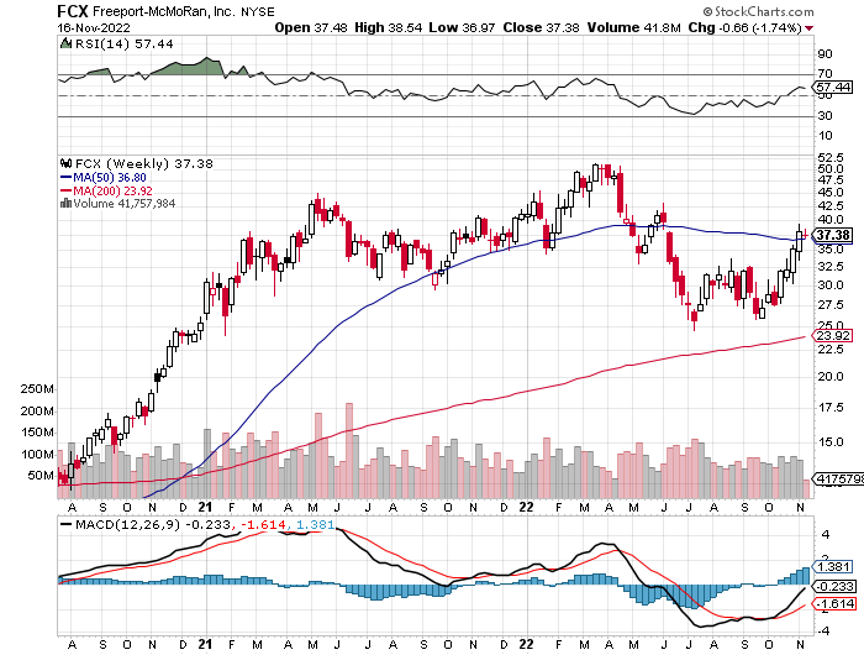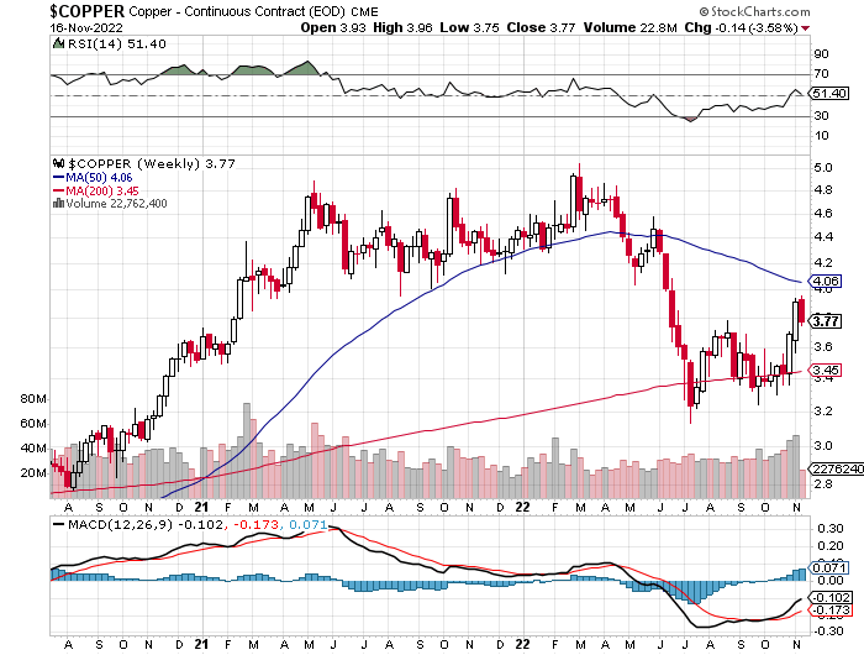You remember the two oil shocks, don’t you? The endless lines at gas stations, soaring prices, and paying close attention to OPEC’s every murmur?
Now we are about to get the 2020’s environmentally friendly, decarbonizing economy version: the copper shock.
For copper is about to become the new oil.
The causes of the coming supply crunch for the red metal are manifold.
If you take all of the commitments to green energy made by the Paris Climate Accord, which the US just reentered, they amount to demand for copper about three times current world production.
Oops, nobody thought of that.
Copper is needed in enormous quantitates to build millions of electric cars, solar panels, batteries, windmills, and long-distance transmission lines for a power grid that is going to have to triple in size. Lift a 50-pound rotor from a Tesla wheel as I have and most of the weight is in the copper.
You basically don’t have a green movement without copper.
In addition, existing copper miners seem utterly clueless about the coming shortage of their commodities. Capital spending has been deferred for decades and maintenance delayed.
New greenfield mines are scant and far between. Copper inventories are at a ten-year low. Mines were closed for months in 2020 thanks to a shortage of workers caused by the pandemic.
Copper is the last of the old-school commodities that are still actively traded. It takes 5-10 years at a minimum to bring new mines online. By the time potential sites are surveyed, permits obtained, heavy equipment moved on-site, rail lines laid, water supplies obtained, and bribes paid, it can be a very expensive proposition.
That’s why near-term prospects are only to be found in Chile, Peru, and South Africa, not your first choices when it comes to political stability.
Copper is the single best value-for-money conductor of electricity for which there are very few replacements. Aluminum melts and corrodes. And then there is silver (SLV), right below copper of the periodic chart, which gangster Al Capone used to wire his bulletproof 1928 Cadillac so electricity could move faster. Below silver is gold (GLD), a fine conductor of electricity but is somewhat cost-prohibitive.
As a result, base metal copper prices could more than quadruple from here to $15,000 a metric tonne or more. The last time the price was that high was in 1968, when the Vietnam War was in full swing, as the military needs a lot of copper to fight wars. The economy was then booming.
You can’t have a synchronized global economic recovery without a bull market in commodities, and the mother of all recoveries is now in play according to the latest economic data. Phoenix, AZ Freeport-based McMoRan (FCX) is one of the world’s largest producers of copper and a long-time Mad Hedge customer.
The stock has been on a tear for a month. (FCX) has soared from a 25 low in October to near $39 at the recent high. I believe this move will continue for years with a final target of $100. The old high for the stock in the last cycle was $50.
Short term, the demand for copper will be driven by Chinese real estate constructions, with all the Covid lockdowns now weak.
Long term it will be driven by EV production, which will soar from 1.5 million units this year to 20 million by 2030. Each EV required 200 pounds of copper.
I’ll let you do the math.
These Tesla Copper Rotors Weigh About 50 Pounds Each








